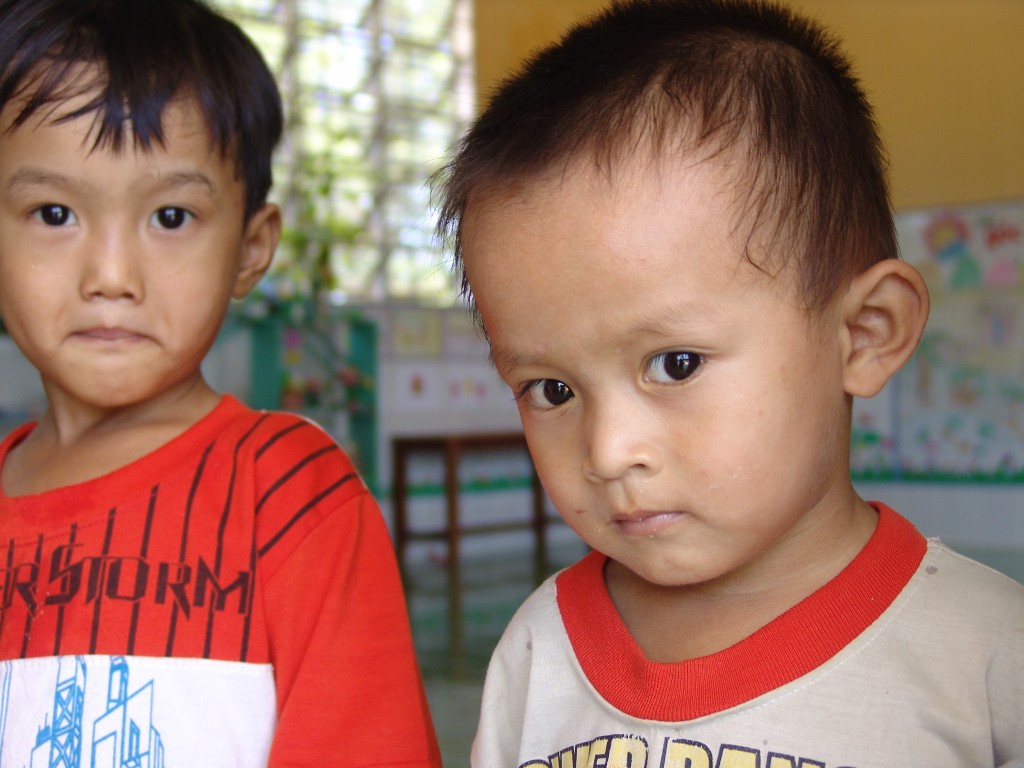Since Vietnam began opening up its markets in the 1980s, the country’s economy has and continues to experience rapid growth. Economic reforms, coupled with aid from international agencies, have helped Vietnam reduce extreme poverty by more than three-quarters and hunger by two-thirds since 1990. Furthermore, Vietnam’s GINI Index in 2008, a scale that measures national distribution of income (with 0 representing perfect equality and 100 signifying absolute inequality), ranked at 37.57, a slight improvement from 2006’s 37.77 and 2004’s 39.16.
As Vietnam’s gross domestic product (GDP) increases to $320 billion in 2012 from $280 billion in 2010, the number of millionaires in the country dramatically rises as well. In June 2012, the Central Institute for Economic Management (CIEM) reported its findings on income gap reduction in Asia for the first half of 2011. CIEM revealed that the number of millionaires in Vietnam increased by 33% from the same period in the previous year. Official statistics from the Vietnam Stock Exchange in 2011 show the 100 richest people on the stock exchange market are worth over $2 million each, with two people qualifying for the United States’ $100 million CEO club.
However, as the number of Vietnamese millionaires increases and the market expands, the economic gap between rich and poor also widens. Despite improvements in the GINI index, the proportion of population below poverty line in Vietnam actually increased from 12.3% in 2009 to 14.5% in 2010. The monthly average income per capita by residence in 2010 was 2,130,000 VND ($102) in urban areas, with the top-earning regions being in the southeast (notably the Ba Ria-Vung Tau Province and Saigon [HCMC]) at 2,304,000 VND ($110). On the other hand, rural areas averaged 1,071,000 VND ($51), with the lowest-earning northern midlands, mountains and coastal regions coming in at just 905,000 VND ($43). The gap in income is reflected in spending as well, with the wealthiest spending 3.8 times more in healthcare and 6 times more in education than their poorer counterparts.
Many contributing factors may account for the lack of economic prosperity in poor provinces, including lack of natural resources, transportation, infrastructure and tourism. Agriculture remains a significant industry for Vietnam’s development with three quarters of the population still making their living by growing and selling crops. The primary agricultural lands lie near the Mekong delta in southern Vietnam where natural resources are abundant, as opposed to the scarce resources and harsher climates more prone to natural disasters of many central and northern areas.
However, farming styles in rural Vietnam give way to challenging issues such as underdeveloped infrastructure and unsustainable natural resource exploitation that makes the business inefficient and unstable. Workers in agriculture tend to have much lower levels of potential output than others, and keeping workers in agriculture is a loss of capacity. But even with a mere .17% increase in jobs for every 1% growth in agriculture, current policies keep the established populace anchored to rural and agricultural areas. By restricting workers to collateralize or sell agricultural land and migrate with current policies, legislation essentially denies upward social mobility to these citizens.
Additionally, with Vietnam’s expansive development in trade and finance, urban cities have become headquarters for international investment and export, with international airports in Saigon, Hanoi, Da Nang and ports in Saigon, Hai Phong and Da Nang. Urban cities not only became important locations for commercial purposes, but turn into popular tourist attractions as well. With six million international visitors in 2011, more than half of those tourists visited urban centers like Saigon and Hanoi. The bustling, flourishing industries of densely populated metropolitan cities make it challenging for isolated rural areas to fairly compete, and is one of the key reasons for such an immense economic separation.
Poverty is a cross-cultural, universal predicament. Though plenty relief efforts have occurred throughout the years, much more still needs to be done before we can rest.




